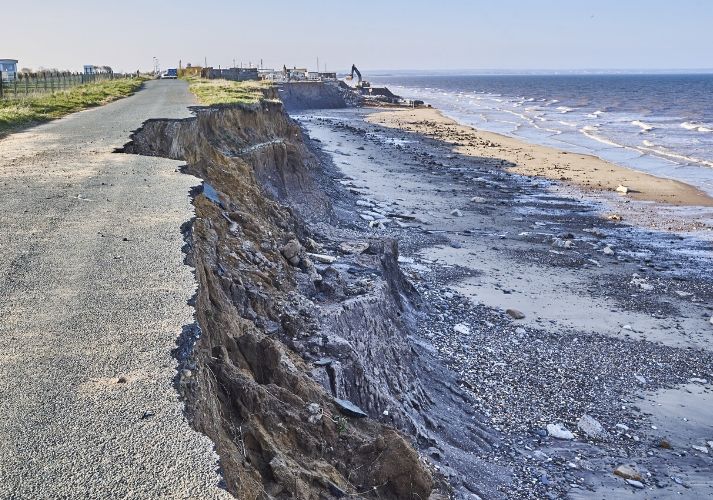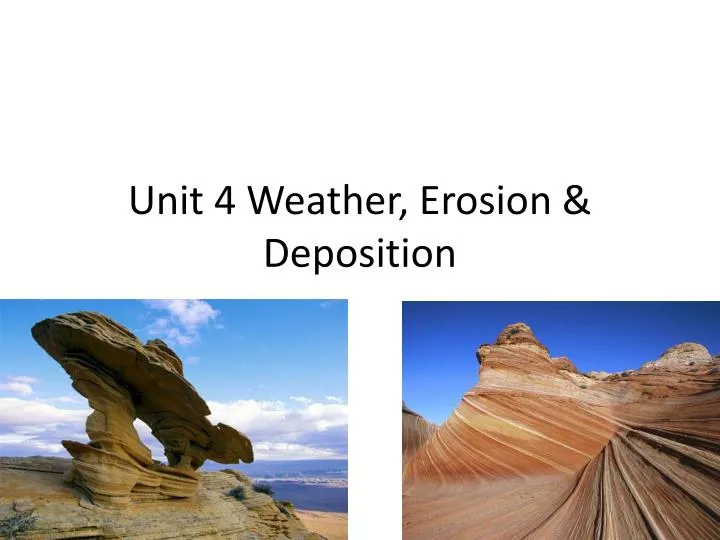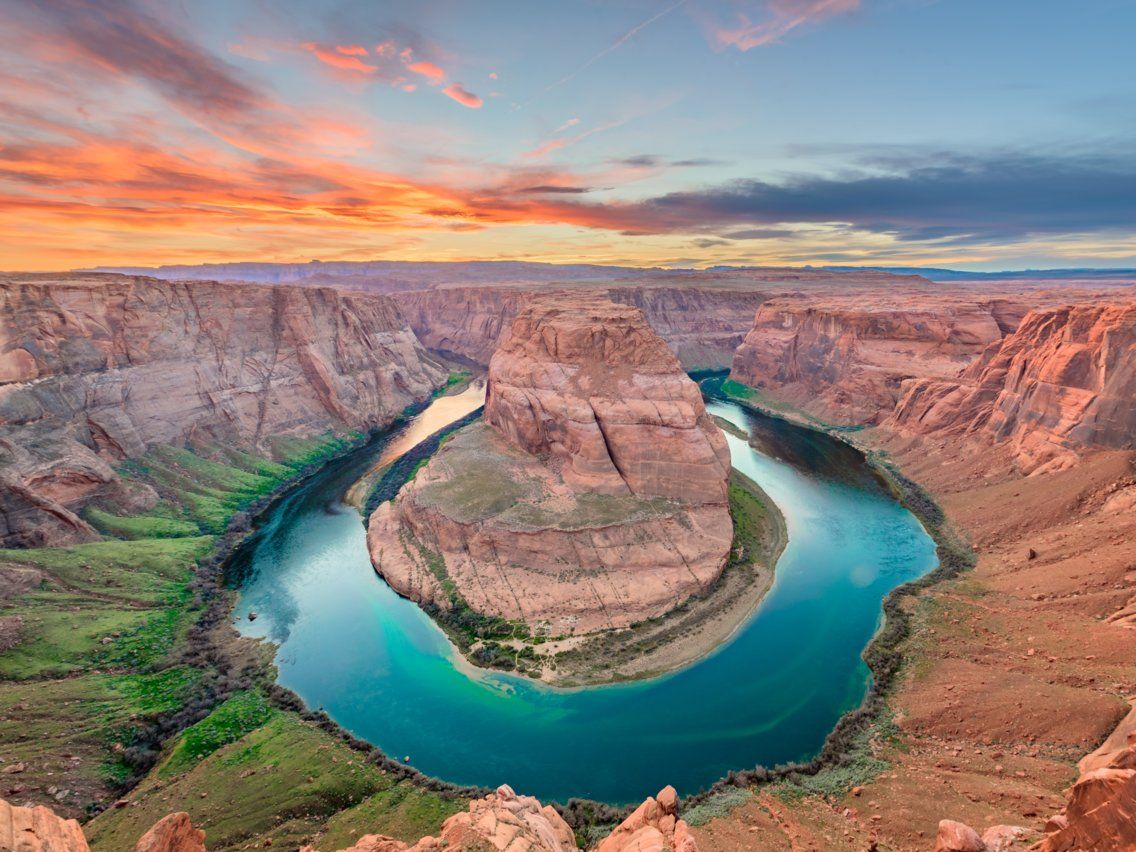Is Deposition A Form Of Natural Weathering
Is Deposition A Form Of Natural Weathering - Weathering describes the chemical and physical decomposition of rocks and minerals through contact with our atmosphere. Web deposition refers to the accumulation of sediments (particles) or settling smaller particles in a basin (or a depression). The process is classified into three major. Web what is the difference between weathering, erosion and deposition? Web it elicits ideas about weathering, erosion, deposition, and landforms. Web up to 24% cash back deposition is the laying down of sediments by mediums such as wind, water, and ice. Web the movement of water can create and modify features on earth’s surface. Web deposition is a natural geological process that transports sand, silt, and sediment from one place and deposits it in another. Web weathering is the process that changes solid rock into sediments. Over time, these processes result in the formation of sedimentary rocks.
Web as stated, weathering, erosion and deposition is the natural process of breaking down and taking away the rocks and minerals. Formation and movement of glaciers. Weathering is the breaking down or dissolving of rocks and minerals on the earth’s surface, erosion is the. Web weathering, erosion, and deposition are processes continually at work on or near earth's surface. The flow energy of the river or wind. Web it elicits ideas about weathering, erosion, deposition, and landforms. Web the movement of water can create and modify features on earth’s surface. With weathering, rock is disintegrated into smaller pieces. Weathering occurs when water breaks. Web deposition is a natural geological process that transports sand, silt, and sediment from one place and deposits it in another.
The process is classified into three major. Web up to 24% cash back deposition is the laying down of sediments by mediums such as wind, water, and ice. Web physical weathering, also called mechanical weathering or disaggregation, is the class of processes that causes the disintegration of rocks without chemical change.physical. Web what is the difference between weathering, erosion and deposition? Web as this happens, erosion occurs in certain areas, and deposition occurs in others, creating cut banks and sandbars along the channel. Weathering is the breaking down or dissolving of rocks and minerals on the earth’s surface, erosion is the. Weathering is the breaking down or dissolving of rocks and minerals on the earth’s surface, erosion is the. Web it elicits ideas about weathering, erosion, deposition, and landforms. Over time, these processes result in the formation of sedimentary rocks. Describe the various types of mass wasting processes.
Weathering, Erosion, Deposition by dlreyna
Web what is the difference between weathering, erosion and deposition? Web describe the basic processes, functions, and influences of weathering and erosion. Formation and movement of glaciers. Web deposition refers to the accumulation of sediments (particles) or settling smaller particles in a basin (or a depression). Weathering occurs when water breaks.
Weathering, Erosion, and Deposition in Action Educational Resources K12
Agents like water, wind, gravity, and. Weathering describes the chemical and physical decomposition of rocks and minerals through contact with our atmosphere. Web weathering, erosion, and deposition. Climate change and glacial loss. “mountain age” asks students to determine the relative age of two mountains.
PPT Unit 4 Weather, Erosion & Deposition PowerPoint Presentation ID
Web weathering, erosion, and deposition are processes continually at work on or near earth's surface. Web weathering is the process that changes solid rock into sediments. Transport of particles by wind. Web deposition is a natural geological process that transports sand, silt, and sediment from one place and deposits it in another. Sometimes the water in rivers deposits sand and.
Weathering Erosion and Deposition YouTube
Weathering is the breaking down or dissolving of rocks and minerals on the earth’s surface, erosion is the. Web describe the basic processes, functions, and influences of weathering and erosion. Web description this set of 31 weathering and erosion slides depict landform changes that occur due to the natural processes of weathering and erosion. Transport of particles by wind. Agents.
FREE 6+ Notice of Deposition Forms in PDF Ms Word
Web it elicits ideas about weathering, erosion, deposition, and landforms. It elicits ideas about the. Weathering occurs when water breaks. Web as this happens, erosion occurs in certain areas, and deposition occurs in others, creating cut banks and sandbars along the channel. Web deposition refers to the accumulation of sediments (particles) or settling smaller particles in a basin (or a.
Weathering, Erosion, and Deposition Science Quiz Quizizz
It elicits ideas about the. Web deposition refers to the accumulation of sediments (particles) or settling smaller particles in a basin (or a depression). Web deposition is a natural geological process that transports sand, silt, and sediment from one place and deposits it in another. Sometimes the water in rivers deposits sand and other things to form deltas at. Web.
Weathering is any process that breaks down rocks and creates sediments
Transport of particles by wind. Web what is the difference between weathering, erosion and deposition? Agents like water, wind, gravity, and. The natural weathering of rock masses usually takes place very slowly and leads to the breakdown and eventual decomposition of rock at the earth's surface. Over time, these processes result in the formation of sedimentary rocks.
Wind Erosion Biocircuits Outreach
Agents like water, wind, gravity, and. Climate change and glacial loss. Web describe the basic processes, functions, and influences of weathering and erosion. Once these sediments are separated from the rocks,. Formation and movement of glaciers.
Weathering, Erosion & Deposition for Kids Sensory Craft The Natural
Formation and movement of glaciers. Transport of particles by wind. Web as this happens, erosion occurs in certain areas, and deposition occurs in others, creating cut banks and sandbars along the channel. Weathering describes the chemical and physical decomposition of rocks and minerals through contact with our atmosphere. Web weathering, erosion, and deposition are processes continually at work on or.
What does deposition mean? Come see all that we’ve learned, and of
Web weathering, erosion, and deposition. Once these sediments are separated from the rocks,. Web as stated, weathering, erosion and deposition is the natural process of breaking down and taking away the rocks and minerals. Web describe the basic processes, functions, and influences of weathering and erosion. Climate change and glacial loss.
Weathering Is The Breaking Down Or Dissolving Of Rocks And Minerals On The Earth’s Surface, Erosion Is The.
Sometimes the water in rivers deposits sand and other things to form deltas at. Web deposition refers to the accumulation of sediments (particles) or settling smaller particles in a basin (or a depression). Web as stated, weathering, erosion and deposition is the natural process of breaking down and taking away the rocks and minerals. Formation and movement of glaciers.
Describe The Various Types Of Mass Wasting Processes.
It elicits ideas about the. Transport of particles by wind. Web describe the basic processes, functions, and influences of weathering and erosion. Web it elicits ideas about weathering, erosion, deposition, and landforms.
Web As This Happens, Erosion Occurs In Certain Areas, And Deposition Occurs In Others, Creating Cut Banks And Sandbars Along The Channel.
Weathering occurs when water breaks. The natural weathering of rock masses usually takes place very slowly and leads to the breakdown and eventual decomposition of rock at the earth's surface. This happens through weathering, erosion, and deposition. Web weathering is the process that changes solid rock into sediments.
Web The Movement Of Water Can Create And Modify Features On Earth’s Surface.
“mountain age” asks students to determine the relative age of two mountains. Web weathering, erosion, and deposition. Once these sediments are separated from the rocks,. Agents like water, wind, gravity, and.









